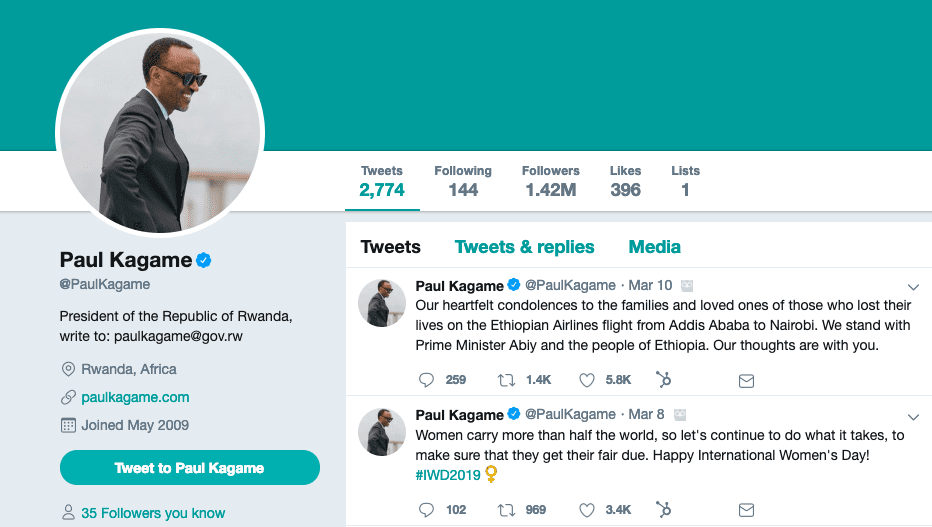The trouble really started a long time ago.
But between 7 April and 15 July of 1994, the tightly controlled fabric of Rwandan society was utterly torn apart.
Understanding what happened is difficult and heartbreaking. But we must bear witness.
This is what you need to know to place your visit to Rwanda in context… or help you make some sense of the horror.
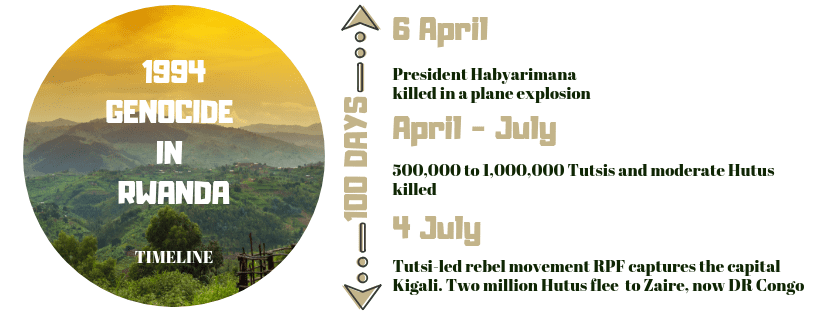
Ancient history
1. Hutu and Tutsi are more alike than different
Before the Hutus (also Abahutu) and the Tutsis (Abatutsi or Watutsi) moved into Rwanda, the country was home to the Twa, a group of aboriginal pygmy hunter-gatherers. They had settled in the area between 8000 BC and 3000 BC and had it all to themselves until these new groups started to migrate to Rwanda between 700 BC and 1500 AD.
Whether it was the Hutus or the Tutsis who arrived first is widely disputed. The distinction is not a racial one but rather based on class or caste, with the Tutsi herding cattle and the Hutu choosing to farm the land.
The Hutu, Tutsi, and Twa of Rwanda share a common language and are collectively known as the Banyarwanda. The Hutus and the Tutsi also intermarried for decades prior to the genocide and whether they can, in fact, be considered two separate and distinct groups is an ongoing debate.
How are the two ethnic groups similar? They speak the same language, inhabit the same areas and follow the same traditions. However, Tutsis are often taller and thinner than Hutus, with some saying their origins lie in Ethiopia.
The population coalesced into clans or ubwoko and by 1700, into eight Kingdoms with the Kingdom of Rwanda ruled by the Tutsi Nyiginya clan becoming the dominant Kingdom in the mid-eighteenth century. Between 1853 and 1895 King Kigeli Rwabugiri initiated administrative reforms that were responsible for a rift to grow between the Hutu and Tutsi populations.
About 85% of Rwandans are Hutus but the Tutsi minority has long dominated the country.
2. German rule encouraged the division of the tribes
At the Berlin Conference of 1884, Rwanda and Burundi were assigned to Germany. The German presence was established in the country by 1897 through an alliance with the King. Ruling the country through the Rwandan monarchy had the benefit of enabling colonization with small European troop numbers.
The taller Tutsis were considered as migrants from Ethiopia, racially superior and were assigned choice administrative roles in Rwanda. The King was thrilled and used the Germans to widen his rule.

3. Belgian rule made the division official
Then the Kingdom was handed over to Belgian rule after WWI and by 1926 more direct colonial rule became policy. A modernization of the economy was undertaken and the Tutsi supremacy was indulged. The Belgians also introduced national identity cards labeling an individual as a Tutsi, a Hutu, Twa or Naturalised in 1933. This prevented any movement between groups and intensified the Hutu’s feeling of disenfranchisement.
The Hutu’s responded with an emancipation movement supported by Catholic missionaries who wanted to empower the underprivileged Hutu. Hutu clergy and educated elite started to provide a counterbalance to the established political order. When the Bahutu Manifesto was written by Hutu scholars in 1957 the Tutsis and Hutus were labeled separate races for the first time and a transfer of power from Tutsi to Hutu was called for.
The Beginning
4. The Rwandan Revolution began on 1 November 1959 {the first *suspected* assasination}
Rumors of a Hutu sub-chief’s death, even though greatly exaggerated, resulted in Hutu activist killing Tutsis.
The Tutsi responded but found themselves outnumbered as the Belgian administration now decided to back the Hutu. The colonizers moved fast and in early 1960 most of the Tutsi chiefs had been replaced by Hutus.
The king was deposed, a Hutu dominated republic was created and by 1962 the country was independent.
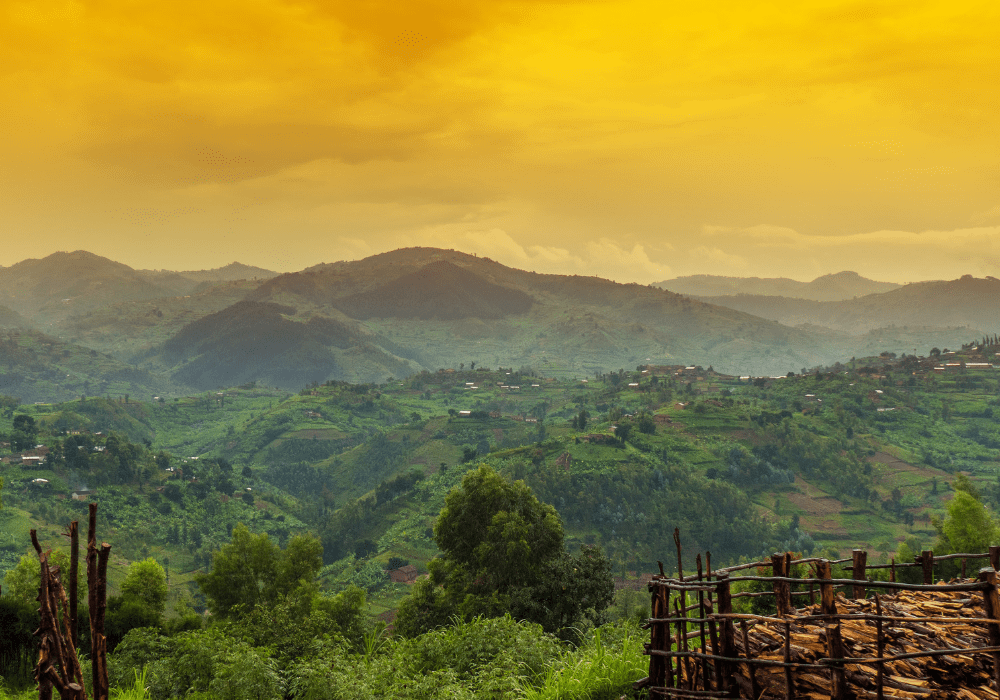
5. Independence exacerbated the violence and resulted in the creation of the RPF
Tutsi refugees fled Uganda after the Hutu’s revolted against colonial rule. In Rwanda, they created the Rwandan Patriotic Front (RPF). When Rwanda became independent in 1962 violence between the Hutu’s, the RPF and Tutsi followed.
Many Tutsi’s found themselves in exile (over 300,000 by 1964) to escape the Hutu purges and they formed armed groups known as inyenzi (cockroaches), who launched largely unsuccessful attacks into Rwanda.
In 1973 a coup brought President Juvénal Habyarimana to power and indiscriminate violence against Tutsi’s decreased somewhat.
But the population density in Rwanda (one of the highest in all of Africa) was adding to the problem.
6. The struggle in neighboring countries encouraged the idea of a Civil War
By the 1980s Rwandan refugees who had helped to overthrow Milton Obote in Uganda started to plan an invasion of Rwanda.
Under the banner of the Rwandan Patriotic Front, a force of 4,000 rebels crossed the border into Rwanda. They were unsuccessful but rearmed and reorganized their army in the Virunga Mountains.
By 1990 the Rwandan Civil War had broken out between the Hutu-led government of Juvénal Habyarimana and the RPF.
The war was restarted in January 1991 with an attack on Ruhengeri followed by a hit-and-run style guerrilla war that never resulted in any significant gains. Peace talks were initially shortlived but in August 1993 International pressure brought about a cease-fire in the civil war, with a road-map to implement the Arusha Accords and create a power-sharing government. The United Nations Assistance Mission for Rwanda (UNAMIR) arrived in the country to assist with the peacekeeping.
Conservatives in the Hutu government (including members of the Akazu – An informal circle of relatives and close friends of President Juvénal Habyarimana and his influential wife Agathe Habyarimana who were also called the “Zero Network”, for their goal of a Rwanda with zero Tutsi and whose members contributed strongly to the 1994 Rwandan Genocide ) believed the Accords were simply concessions to enemy demands and they opposed the cease-fire. They started an ideological campaign portraying the Tutsis as non-Christian, intent on reinstating their monarchy, and enslaving the Hutus.
All the parties and camps were split into Moderate and Power wings and the radical groups were slowly gaining more purchase.

7. There is evidence supporting the idea that the genocide was planned years before it took place {the second assasination}
- The army started arming civilians with weapons in 1990.
- Hutu youth were trained in combat.
- Large numbers of munitions and grenades were purchased.
- Rwandan Armed forces expanded rapidly.
- In March 1993 a list of traitors (possibly including Habyarimana) was compiled.
- The national Radio station was considered too liberal and supportive of the opposition and a new station with racist propaganda and obscene jokes became very popular.
- In 1993 Rwanda imported three-quarters of a million dollars’ worth of machetes from China.
The ICTR would later be unable to prove a conspiracy to commit genocide prior to 7 April 1994.
Then President Melchior Ndadaye, the first Hutu president of Burundi was assassinated in October 1993.
Suddenly the idea of a final solution grew in favor and Power leaders started to arm people with AK-47s.
8. The International Community chose to turn a blind eye : The Genocide Fax
On 11 January 1994, General Roméo Dallaire in command of UNAMIR sent a fax to UN Headquarters. An informant suspected that a genocide against the Tutsis was being planned.
Dallaire’s request to protect the informant and raid the weapons caches was denied.
The United States, United Kingdom, and Belgium were criticized for failing to keep the peace, the UNAMIR and the Belgians pulled out after the initial 10 Belgian guards were tortured and killed and France was alleged to support the Hutu government during the genocide.
There was no opposition to prevent or even slow the killings (with the exception of the advancing RPF army). The UNAMIR was expressly forbidden to use any force other than what was needed for self-defense. There was no mandate to the UN and Belgian forces in Rwanda to stop the killing.
A year after US troops were killed in Somalia, the US was determined not to get involved in another African conflict.
The French, who were allies of the Hutu government, sent a force to set up a supposedly safe zone but were accused of not doing enough to stop the slaughter in that area. Rwanda’s current president has accused France of taking part in the massacres – a charge denied by Paris.

9. The Inciting Incident has never been explained {the third assasination} 6 April 1994
When an aircraft carrying Habyarimana and Burundian President Cyprien Ntaryamira was shot down over Habyarimana’s house, on its descent into Kigali, the peace accords came to an abrupt end.
Both the RPF and Hutu extremists were blamed for shooting the aircraft that killed two presidents and their staff out of the air. An eight-year investigation by a French judge would conclude in 2006 that the leader of the RPF pulled the trigger but a Rwandan government investigation in 2010 blamed Hutu extremists within the Rwandan army.
10. The Devil was in All the Details
Regardless of who was responsible a crisis committee was formed on the evening of the 6th of April.
Genocidal killings erupted the next day with soldiers, police, and militia executing key Tutsi’s and moderate Hutu military and political leaders.
The Prime Minister and her husband together with their Belgian guards were killed first, followed by prominent moderate politicians and journalists. By noon on 7 April, the moderate political leadership of Rwanda was dead or in hiding,
“the potential for a future moderate government utterly lost”
Dallaire would comment.
The genocide that would follow was perpetrated by an estimated 200,000 people who received incentives in the form of money, food or land. This included the Interahamwe, a militant youth wing of the MRND.
It is estimated that up to 800,000 may have been murdered within the first six weeks. The goal was to kill every Tutsi. During the 100 days of the genocide, an estimated 500,000 to 1,000,000 people were slaughtered. Four hundred thousand children were orphaned and an estimated 250,000 to 500,000 women raped. Up to 20,000 children were born as a result of the rape and over 67% of everyone raped would be HIV+.
In total the deaths constituted around 20% of the entire population of Rwanda and 70% of all Tutsis. Thirty percent of the Twa were killed.
There was also 2,000,000 displaced Hutu refugees or genocidaires. The infrastructure was destroyed and the economy crippled.
While the RPF quickly seized control of northern Rwanda it would be a 100 days of horror before they captured Kigali and ended the genocide.
During this time all Hutu civilians were pressured into arming themselves with machetes or any other weapons and encouraged to rape, maim and kill all the Tutsis and then to destroy or steal their property.
As the RPF made slow but steady gains the killings ceased in the areas they occupied. In other locations, the killings slowed down as all the Tutsis had been killed.
Fearing retribution the Hutus walked out of Rwanda and into United Nations refugee camps.
In remaining prefectures killing continued throughout May and June.
The RPF took over the entire country, with exception of the zone occupied by the French-led United Nations Opération Turquoise. Kigali was conquered on 4 July and Gisenyi and the northwest by 18 July.
The genocide was over and now the Hutu population fled en masse across the border.

11. The Figures are Disturbingly Vague
No-one really knows the exact numbers of the people who died and various equations for calculation have been put forward. The reason we know a lot more about what happened in Nazi camps, for instance, is because in Rwanda the chaos was overwhelming and no attempt was made to record deaths.
12. The fallout from the Genocide continues Today
Human rights groups say the RPF killed thousands of Hutu civilians as they took power. The RPF denies this.
Although the killing in Rwanda was over, the presence of Hutu militias in DR Congo has led to years of conflict there, causing up to five million deaths.
As the refugees entered the east of Zaire (now the DRC) they regrouped in refugee camps resulting in the RPF government leading military excursions to eradicate the enemy known as Interahamwe in Zaire/ DRC. They have accused the much larger neighbor of letting the Hutu militias operate on its territory. Rwanda has also armed local Congolese Tutsi forces. In response, some locals have formed self-defense groups and the civilians of eastern DR Congo have paid the price.
Rwanda’s new Tutsi-led government has said that it wants to wipe out the Hutu forces.
These retaliations developed into the First (1996-97) and Second (1998-2003) Congo Wars. This armed struggle continues and both Hutus and Tutsis are still living as refugees.
The reports emerging after the genocide were problematic, controversial, suppressed and strategically leaked.
A total of around two million Hutus fled to crowded and squalid refugee camps in neighboring countries, thousands dying from cholera and other problems endemic to the life of a refugee. Most of the international aid was routed to refugee camps outside Rwanda. And aid groups were accused of letting much of their assistance fall into the hands of the Hutu militias.
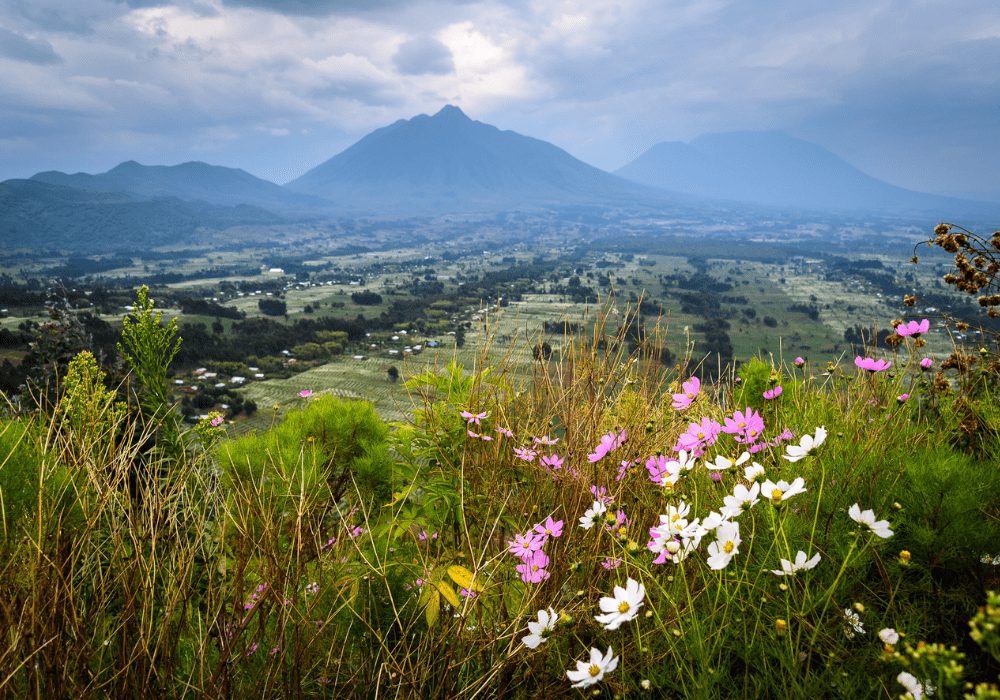
13. Always find the Good People
Several individuals attempted to halt the Rwandan genocide or to shelter vulnerable Tutsi.
Roméo Dallaire (Canadian Lieutenant-General of UNAMIR)
Henry Kwami Anyidoho (Ghanaian Deputy Commander of UNAMIR)
Pierantonio Costa (Italian diplomat who rescued many lives)
Antonia Locatelli (Italian volunteer who in 1992, two years before the actual genocide, tried to save 300 or 400 Tutsis by calling officials in the international community and was later murdered by the Interahamwe)
Jacqueline Mukansonera (Hutu woman who saved a Tutsi during the genocide)
Paul Rusesabagina (the Academy Award-nominated film Hotel Rwanda is based on his story)
Carl Wilkens (the only American who chose to remain in Rwanda during the genocide)
André Sibomana (Hutu priest and journalist who saved many lives)
Captain Mbaye Diagne (Senegalese army officer of UNAMIR who saved many lives before he was killed).
What you can do now
Support survivors of the Rwandan genocide
SURF (or the Survivors Fund) is the main international charity dedicated to aiding and assisting the survivors of the Rwandan genocide. Since 1997, SURF has been advocating and fundraising internationally in support of the efforts of grassroots survivors organisations in Rwanda, including IBUKA (National Umbrella of Survivors’ Organisations), AVEGA (Association of Widows of the Genocide), AOCM (Association of Orphan-Headed Households), Uyisenga N’Manzi (Organisation of Child Survivors with HIV/AIDS) and Solace Ministries (Christian Survivors Support Organisation). Its focus is to ensure that the voices of survivors are listened to and heard, memories of the genocide are kept alive, victims of the genocide are never forgotten and survivors of the genocide are supported in Rwanda, and in the UK where it is based.
&
Brandon Stanton, the creator of Humans of New York, visited Rwanda in September 2018. Beginning on October 16, 2018, he began covering the genocide on his site through a series of interviews and photos from persons who were affected.
“During my week in Rwanda, I focused on the stories of people who took a moral stand during the genocide. These are members of the Hutu majority who risked their lives to shield and protect Tutsis. In Rwanda, they are known as ‘The Rescuers.'”
Brandon’s GoFundMe campaign to benefit the Gisimba Orphanage reached its goal of $200,000 in 18 hours.
Read:
Shake Hands with the Devil: The Failure of Humanity in Rwanda
A Sunday at the Pool in Kigali
Watch:
Hotel Rwanda
Earth Made of Glass
Black Earth Rising
Rwanda: The Untold Story
Watchers of the Sky
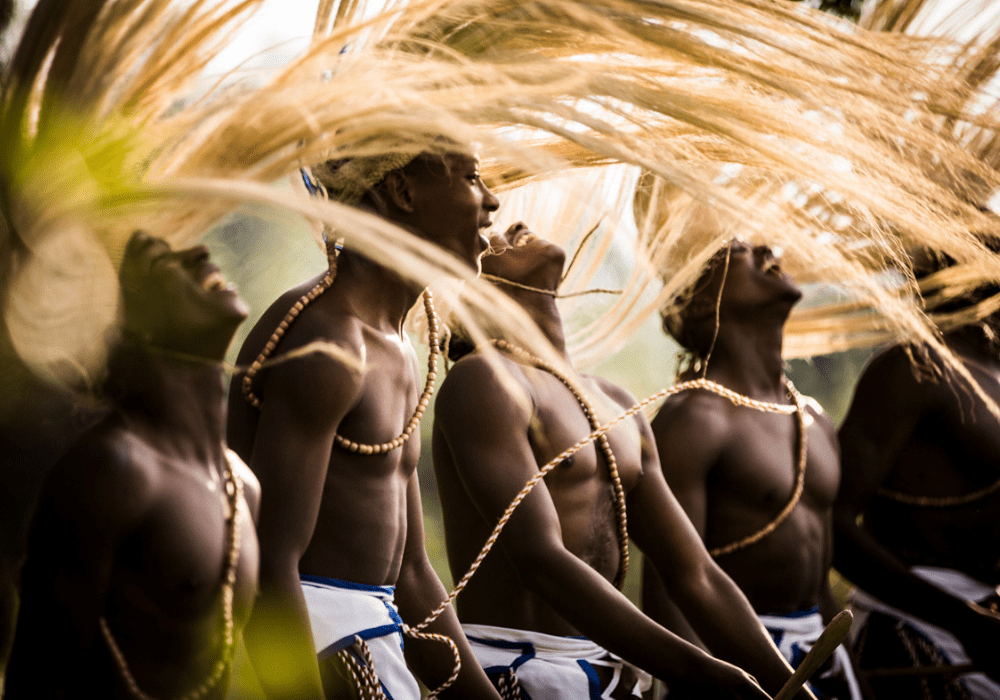
Today
RPF leader and President, Paul Kagame, has tried to turn Rwanda into a technological hub and has been praised for overseeing rapid economic growth in the tiny country.
Follow him on Twitter >>
Critics say he is intolerant of dissent and opponents have met unexplained deaths.
His government also strives to be inclusive and ethnicity was removed from Rwandan citizens’ national identity cards. But the law against discussing ethnicity has also been criticized as preventing true reconciliation.
DID YOU KNOW?
The Rwandan Genocide resulted in the establishment of the International Criminal Court to prosecute genocide, crimes against humanity and war crimes.
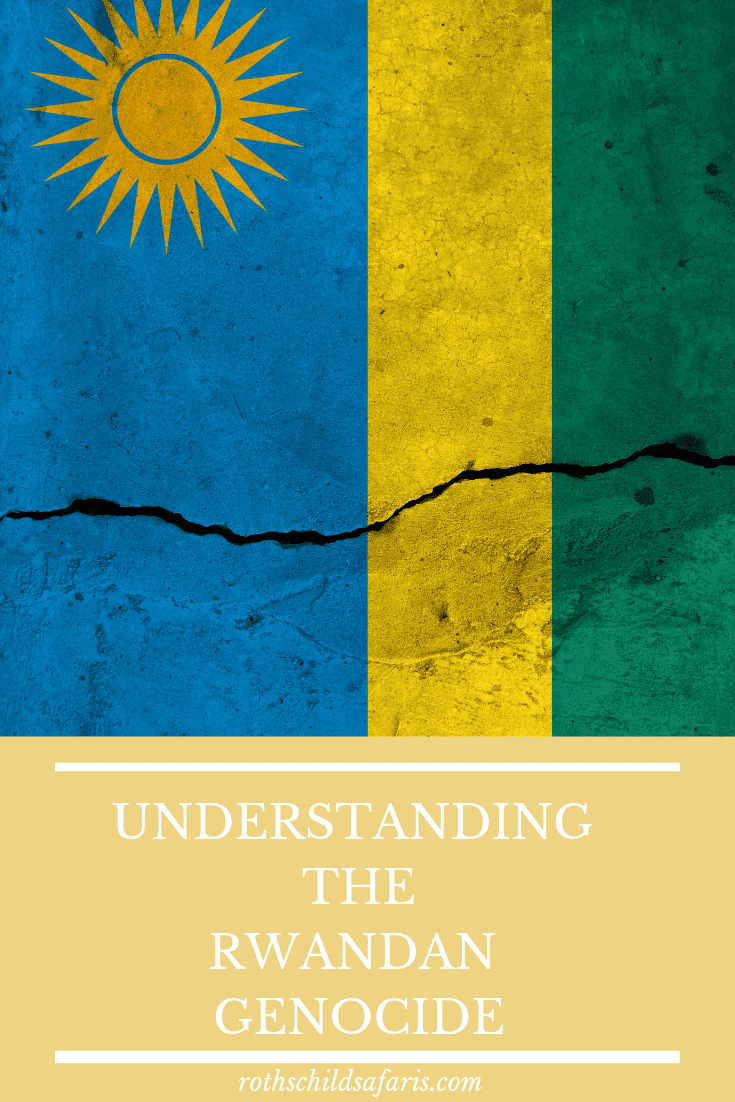
Images via Tacman10, 12019, lynnx10, umbertobattista

